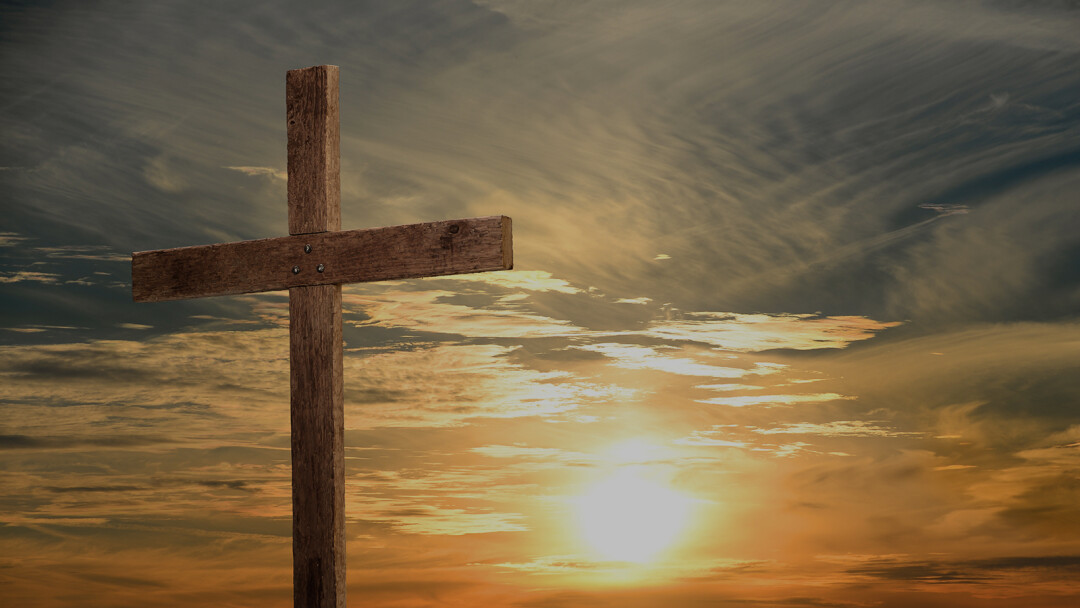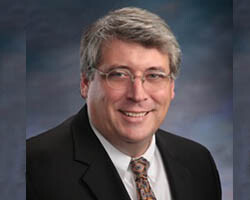Tecumseh

Augustus Saint-Gaudens has been forgotten. An American sculptor who lived from 1848-1907. In his lifetime he was very well known and can be considered the greatest American sculptor. But today, like many American artists, unknown. Forgotten.
If you don't recognize his name, you might know his most iconic work, his "Standing Lincoln." Saint-Gaudens depicts the president pondering, standing before an empty chair, as if finding the resolution to act. The statue is in Chicago, but it was recast twice and given as a gift to London and Mexico City. Very unique. You can see the scale model at the Metropolitan if you can't travel to these cities.
His most controversial work was the Robert Gould Shaw Memorial in Boston. Shaw was the officer who led the 54th Regiment of Volunteers from Massachusetts. The controversy was that the regiment was comprised of black soldiers. In the memorial Shaw, who is white, is depicted leading the troops into battle where he died. Which is not unique. But in Saint-Gaudens' statue he included the soldiers. This was the only statue depicting Federal black soldiers for more than a century. In 1998 in Kentucky a monument was constructed honoring their role in the Civil War. Saint-Gaudens did this in 1884.
He has two statues in Manhattan. One you would need to know it was there and search for it on purpose and that is the Admiral Farragut Memorial. Farragut's statue is in Madison Square Park. It stands on top of a bench with two muses in bass-relief in what might be a wave, or ocean as it was originally carved in bluestone. Again, if you didn't know to look for it, you would miss it.
His second statue in Manhattan is hard to miss. At the corner of 59th and Fifth where the Plaza Hotel and the southeastern gate of Central Park meet, in the Grand Army Plaza, is William Tecumseh Sherman. The Sherman statue is on your bulletin. The general is being led by Nike, the goddess of victory. He is riding south. Victory holds the palm frond suggesting this is a conqueror.
There are three unique features in Saint-Gaudens' depiction of William Tecumseh Sherman. First is Nike. Statues of generals, be it of the Union or the Confederacy, statues of military leaders on horseback are common, we have many. But none have a Greek goddess lending a hand, setting the course. You can see in the horse's expression a bit of confusion, an unfamiliar guide is leading.
Next is the image of Nike herself. The model of Nike is Hettie Anderson, a striking African American model who was popular with artists in Saint-Gaudens' circle. Depicting Anderson, like the Shaw Memorial, choosing the countenance of a black American to be a goddess leading the general, this was daring for the time. Choosing a black woman to be a Greek goddess pushed the limits of culture.
Yet the third unique feature is where the statue truly becomes intriguing. Saint-Gaudens chose to gild the work. It was and still is the largest gilt statue in the United States. And for all intents and purposes, the gilding is, well, odd. People rarely do this. So, it begs the question, why? You don't do this on accident. Knowing the extreme cost of such a finish and how uncommon it is, why cover the general in gold?
Like a good poem, the meaning is for us to determine. Why cover the general in gold? My interpretation of the gold finish, the reason behind the odd choice, is greed. Gold is a symbol of greed.
Saint-Gaudens was dying when he completed this work; this was his last creation. And when he met with Sherman, twenty years before, when he sketched the general and spent hours in conversation, Sherman was dying. I believe there is a raw transparency in the statue, a kind of death bed confession. And in the gilding, a confession of fault. It was as if they could both clearly see, all the battles, all the victories, all the lives lost and destruction, all of this was not about freedom, or union, or emancipation, or states' rights, it was and still is all about greed, money.
I see it in the face of Sherman. He is looking ahead and there is a kind of revelation, a surprise, a shock. Again, his horse seems to be upset as well. He is looking over the landscape of destruction and seeing, all of this was for gold.
If the statue was not covered in gold, it would be unique only in the connection to the divine. But even this is not unique. Nike is found in many Civil War statues, just not with generals on horseback. If the statue had just been Sherman heading south with no gold, then it could have been one more moment of nostalgia, monumental history to say, "we stand ready to march into battle ever still." That was the message of generals on horseback in Richmond and Charlottesville. The gold changes everything, upsets the applecart. Begs the question, what if our memory is all wrong; what if this was always just a matter of greed?
To be wrong, not just mistaken, but to be categorically wrong, profoundly wrong, is not something we are likely to hope for or seek out. We say things like, "I could be wrong about this." But we often make such a claim to hedge our bets, to fain humility. "I could be wrong." We confess a lack of certainty to give others room to hear our ideas that are outside the box. We say things like, "just hear me out." We say this because if what we are coming to believe contradicts common sense, then we need to afford others the grace to ponder and not demand concurrence. "Just hear me out before you disagree." Right?
Not only is it hard to be profoundly wrong, to confess such, to be honest about ideas or beliefs or traditions that are now seen as not good enough, not only is that hard, but what is even more challenging is to change in accord. Change your life. Change yourself. Bob Dylan said, "I am gonna change my way of thinking, get myself a different set of rules." Much easier said than done. To be wrong is hard, upsetting, but to change, to be born anew, to radically alter the course of one's life is perhaps the greatest challenge anyone can seek.
Before we turn to the lesson from Luke, one more word about change. When we do change, when our lives become something different, often, it is a loss, tragedy, hardship. Something bad has happened and the life we had is lost. Change often means becoming less. Hence, I believe, the deep distrust of change. Change can equal heartache, heartbreak. To say, "things need to change," should be spoken with prudence, not bravado.
Prudence means wisdom, a patient consideration of life and the course we are to take. In our reading today, Jesus is offering a bit of wisdom, he is counseling prudence. At first glance it appears to be anarchy. Jesus is a radical change agent causing chaos and strife, dividing families, splitting alliances and bonds. This is not a nice Jesus. On a literal level, Jesus is saying, I have come to disrupt things, not settle things. Yet, if we ponder this just a bit, what he is teaching is something we deeply believe, something we know to be true, but most likely fear and resist.
The truth in our reading is in the image of fire and the claim of division. Fire can be destruction; fire can be life, energy. We can read fire here as the energy to change. Jesus is bringing the energy to change our lives. He also warning us, such change will remove, deconstruct, tear down what our life was. And division, being set against another, can be strife and grudge or it can be disdain, I'm not with you. But division can also be the recognition of how life changes. You and I once looked at life the same, but no more.
I believe that was what Saint-Gaudens captured in the Sherman statue. We looked at life one way, we looked at the cause and the division and the fire of war one way, but then we changed, and now we are looking at this in a whole different way. What was a matter of freedom we now see as a matter of greed. Such change is upsetting to say the least.
The most profound and thus important part of our lesson today is a truth which will change your life. It changed my life. The lesson today, surprisingly, is subtle, hard to see at first. Yet once you see it, it will alter the landscape of how you live. And the truth is this: the teachings of Jesus reveal what it means to be true, to be good, to live unto beauty, but they don't make it. The good the true and beautiful are not delivered, manufactured for us by Jesus. We must make it ourselves.
You can find freedom, be freed, but living in freedom is not something given to us. You can be given grace. But you must work, strive, struggle to live free. Again you can be given love, forgiveness, hope. We can give these to each other. But only you can make freedom your life; only you can change yourself for the better. Jesus brings the fire; you bring the change.
Last week we took our friend Matthew to Princeton. We toured the seminary and the university. Last we popped in on the pastor at Nassau Presbyterian. Dave was gracious and regaled us with good stories. One story was of a large donation. A church member asked to speak to him. He offered, I am not mad, I am not dying. What we wanted to say was this, "I want to be more generous with the church. I haven’t been and I want to be more generous. He gave the pastor a check for a million dollars.
I could tell this story had a great impact on Matthew. Later that day I told him, thinking of what happened to Dave, I went to my office and sat there for a few hours. No one came to give me a check for a million dollars. I just wanted to make sure though. We laughed.
In the joke is the truth of our lesson. The change in the heart of the parishioner was not manufactured, or a magical occurrence. He wanted to change, wanted to change his life. And he did. Wasn't a matter of luck or circumstance; it didn't just happen. He told Dave I want to be more generous.
If you need to be more generous by giving the church a million dollars, I am in office later this week. Please feel free to stop by. That would be great.
Most of us are not in such a place in terms of the amount on the check. But we are all in a place where we need to grow in generosity. All of us need to be overcome the power of greed, be it greed of possessions and wealth, or time and emotions, be it how we seek to share our heart or our hopes, all of us need to grow in generosity. We need to change. In our lesson today is the subtle but life altering truth, change is up to us. Jesus gives us the fire, the energy, the power. What we do with such fire is up to us.
Jesus warns his disciples, if you live unto freedom, if you live this way, you will change, and such change will put you at odds with others. The power is given to us, but the change, what we make, is always up to us. Let us seek the change transforming our lives more and more unto freedom. Amen.

Rev. Dr. Fred G. Garry
Senior Pastor & Head of Staff
Sermon Notes
You can add your own personal sermon notes along the way. When you're finished, you'll be able to email or download your notes.
